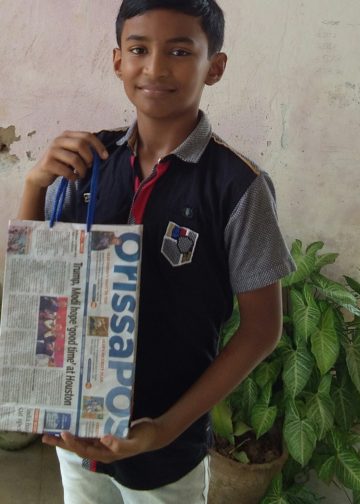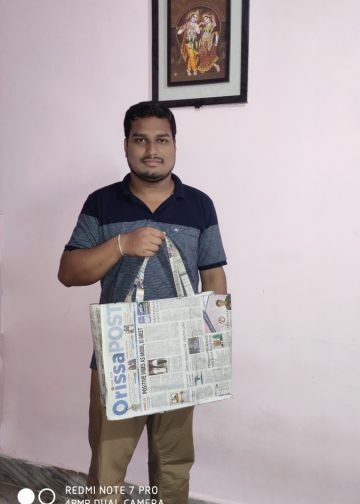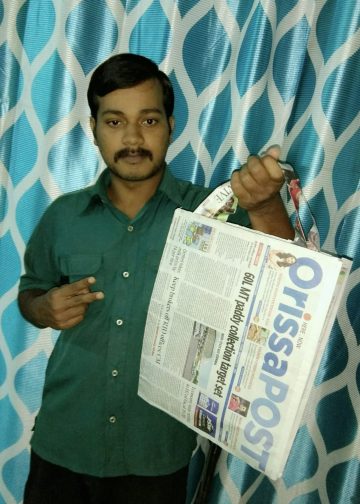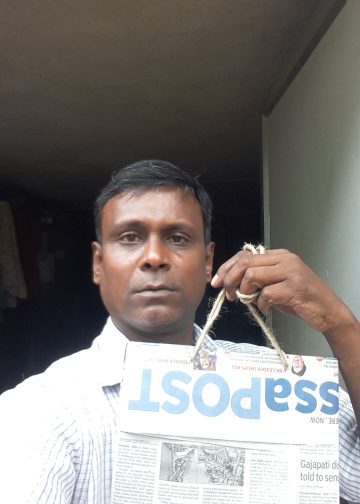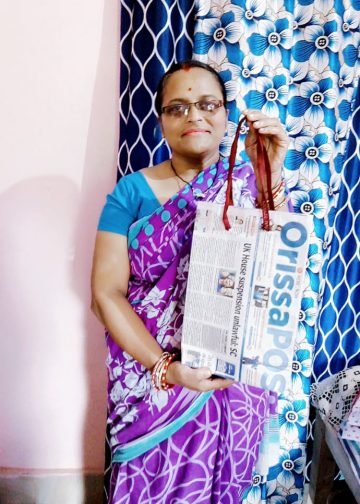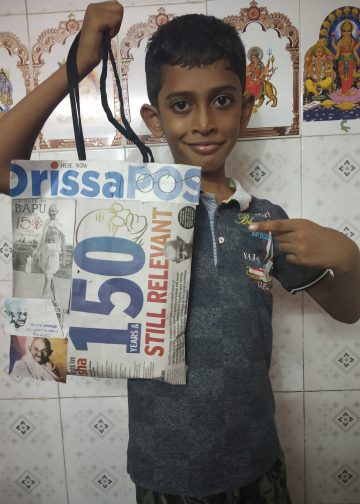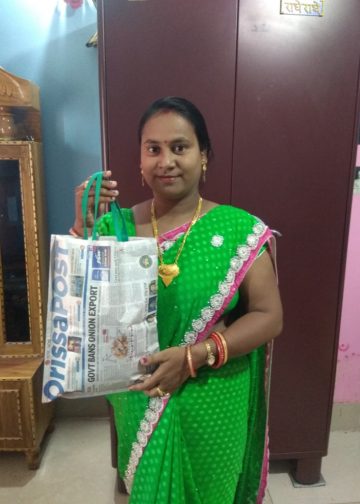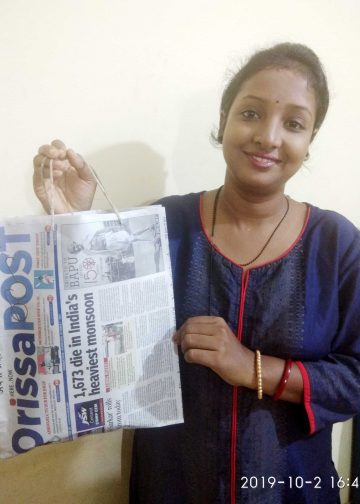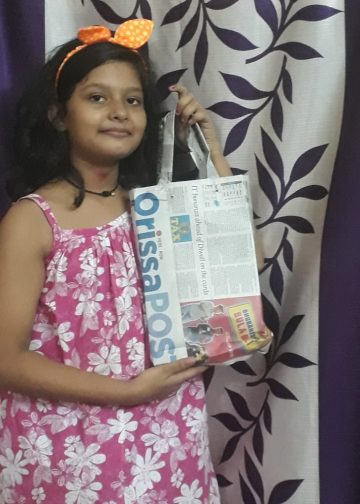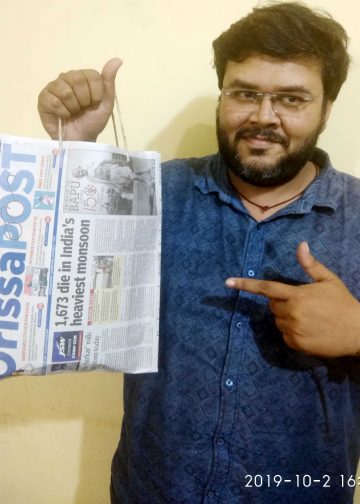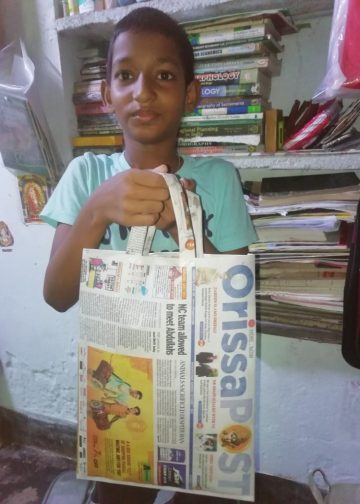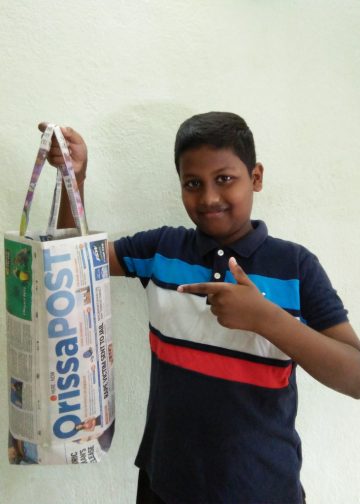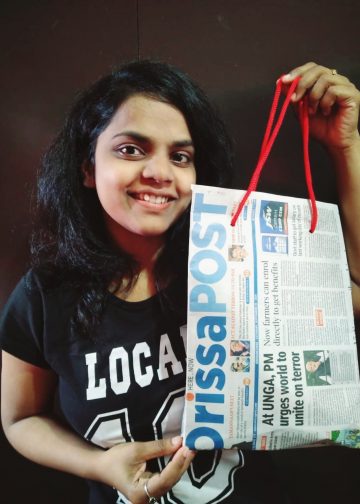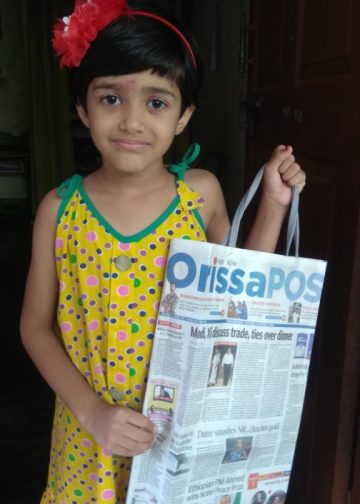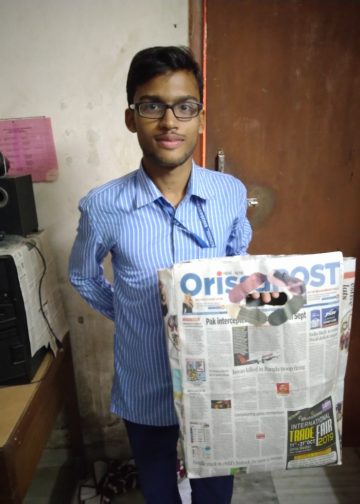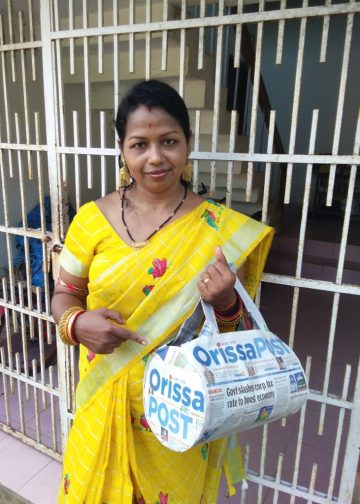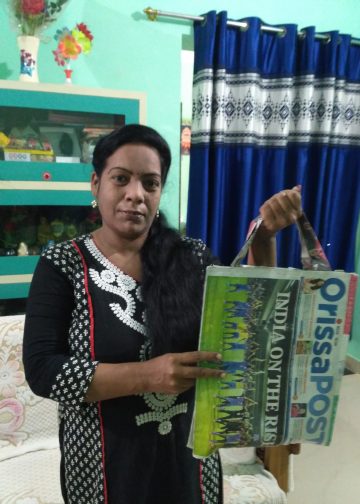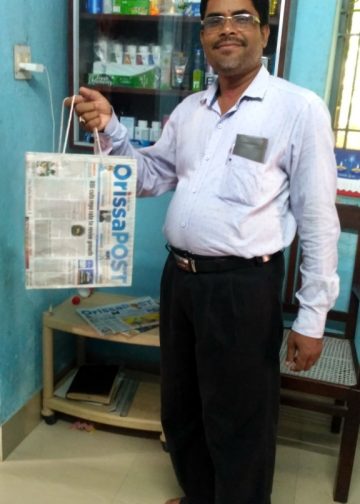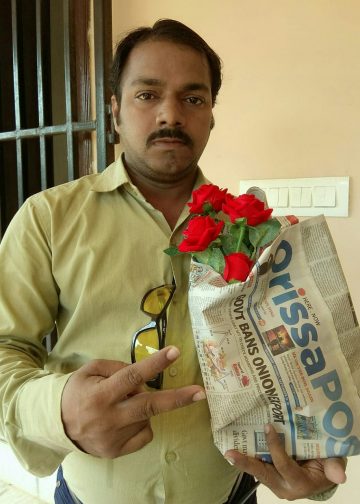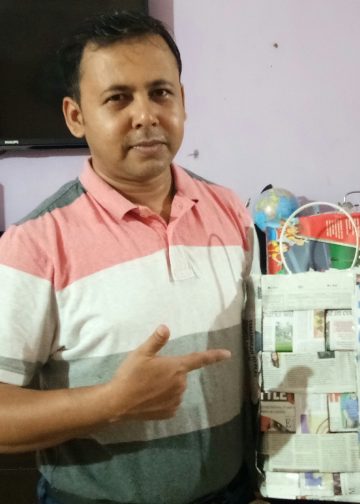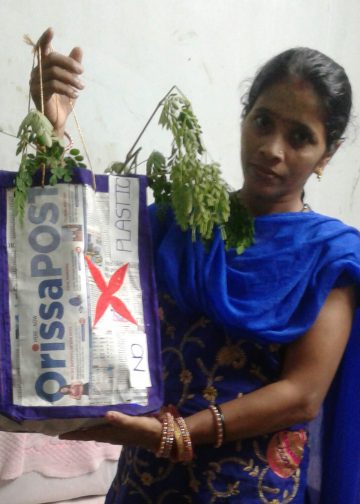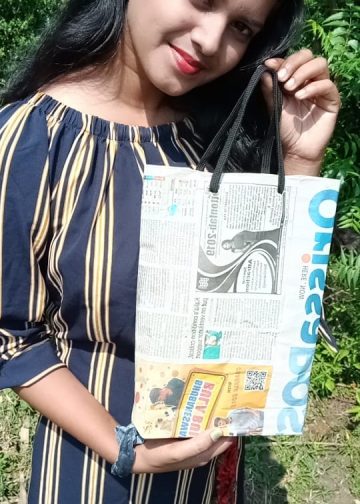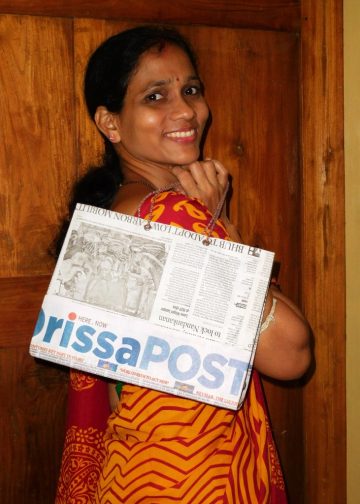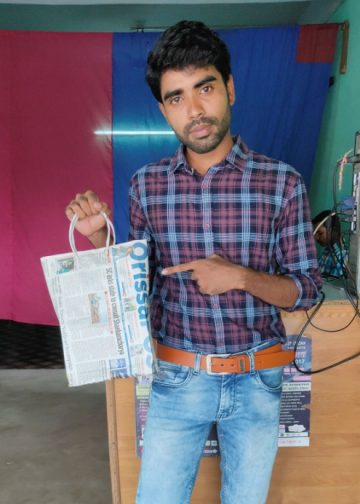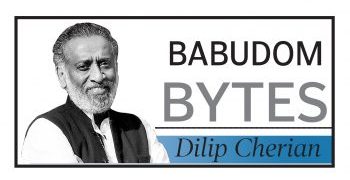By Sagar
Post News Network

Bhubaneswar, Jan 1: Among other frames hung up on the walls of the Lalit Kala Akademi Regional Centre, on its north side are not just paintings but a form of art called woodcut print, also known as Xylography, through which artists have depicted shades of humanity and the effect that corruption has had upon the minds of youngsters.
“I can’t resist the urge to put on canvas thoughts that have been going through my mind. Wherever I see, there are people fighting for power while other aspects of life such as culture, art and literature are fast becoming relics due to a lack of attention of the state,” said Priyoum Talukdar, a native of Assam, whose paintings are being displayed at the Akademi alongside other artists’ works.
What sets Talukdar apart is the way he chooses to go about depicting contemporary, social issues in unconventional ways, rather than going about it in the traditional manner. So when it came to giving voice to his own inner conflicts, he chose woodcut print over painting. “It’s not a painting and I’m not a painter,” is how he promptly and a tad curtly chooses to correct those mistaking him otherwise.
Woodcut print is an artistic printing technique wherein an image is carved into the surface of a block of wood or zinc plate, with the printing parts remaining in touch with the surface while the non-printing parts are removed, typically with gouges. The surface is then covered with an ink-covered roller, leaving ink upon the flat surface but not in the non-printing areas. The art emerged in Europe during the 16th
century.
Arranged in a combination of six frames, the central one depicts politicians’ lust to power while art and culture are being neglected. It was flanked by two other prints that show on one side, police harassing people, while on the other side, the media’s tendency to focus on trivial issues and ignore more important ones. The bottom print represents people living in poverty. Above all of them was a print of his open skull thinking and battling his own conscience.
Talukdar represented power through a gutted generator in his print work for his love for technology. In his print, machines take several metaphors. Also, journalists’ attitude towards sensationalism has been represented through a labyrinth of mikes.
His print art may be straddling strong political themes which he says he cannot avoid due to his internal conflict. The second part of his works shows zinc plate print art that represents the growth of Oriya people who are a deeply religious sort. “When I first came here, the people’s belief was something that struck me,” Talukdar said. He also tries his hand at giving form to people’s frustration with the political system by printing a walking leg on a wheelchair, which Talukdar says is a metaphor for the countless hours people wait in order to get things done.
In the third part of his works, hung up alongside the other two, he experiments with the surface and has made his own carvings and selected the kind of surface he needed to express his thoughts. “This is what I would say is completely my work and I hope people like it,” Talukdar said, about the prints titled ‘Full volume’.




